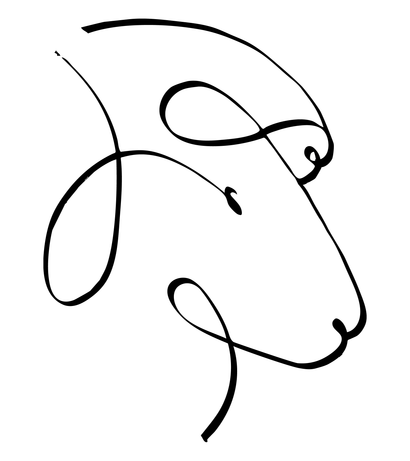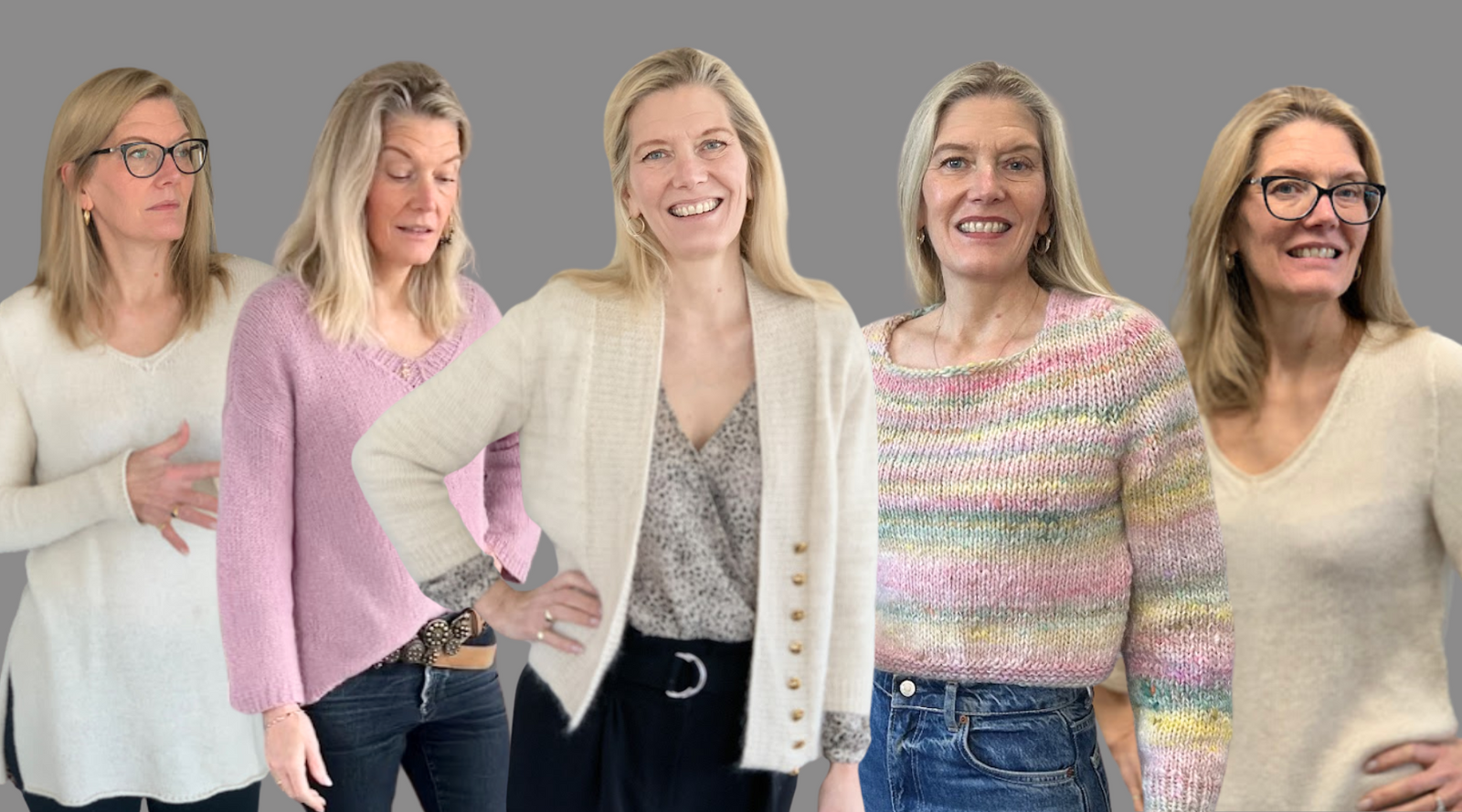One of my favorite techniques for creating beautiful fabric is simply this: hold two yarns together. It sounds simple—and it is—but the effect is transformative. Whether you’re combining textures, adjusting gauge, or enhancing drape, holding two yarns opens a whole world of possibilities in your knitting.
Creating Unique Fabric
When you hold two strands together, you're blending not just color, but also structure and texture. A fluffy mohair paired with a crisp plant-based yarn will behave very differently than two smooth yarns held together. It’s a tactile playground—and the resulting fabric is almost always richer and more complex than what you’d get with a single yarn.
Adjusting Gauge—Or Not
Holding two yarns together can help you bump a yarn up to a heavier gauge, but it doesn’t have to. Depending on the needle size you choose, the fabric can be airy and open or dense and sculpted. For instance, with the Poppy Tee, you could work it in a single DK yarn or hold two finer strands together to get a completely different look—one with more fluidity and drape.
Drape and Flexibility
This is where it gets really interesting. Fabrics created from two yarns held together often have better drape than a single yarn of the same finished gauge. Why? Because two finer strands have more internal flexibility. It’s like what Cecilia Campochiaro describes in her brilliant work on marls and structure: a bundle of fine copper wires is far more flexible than a single thick wire of the same diameter. The same goes for yarn. More flexibility = more drape.
Real-World Examples
We’ve explored this in several recent projects at Crazy for Ewe:
- Lova: Uses Ito Kinu and So Asa held together to create a breathable, slightly textured fabric with an elegant modern feel.
- Poppy Tee: A great example of how you can hold yarns together or work with a single strand—both options give beautiful but distinct results.
- Stockholm Sweater: Worked at a DK gauge using two strands of very fine lace-weight yarns. The result? An incredibly luxurious fabric with stunning drape and softness that belies the simplicity of the technique.
When you're thinking about starting your next sweater—or even a shawl—consider whether holding two yarns might give you the exact look and feel you want. It's an easy way to personalize your project and truly make it your own.
This week on YouTube, I’ll be showing you swatches of these combinations, talking about how to plan them, and helping you get confident working with double strands. I hope you’ll join me!
Warmly,
Ellen



Audrey
April 29, 2025
Excited to tune in on Wednesday to learn more.